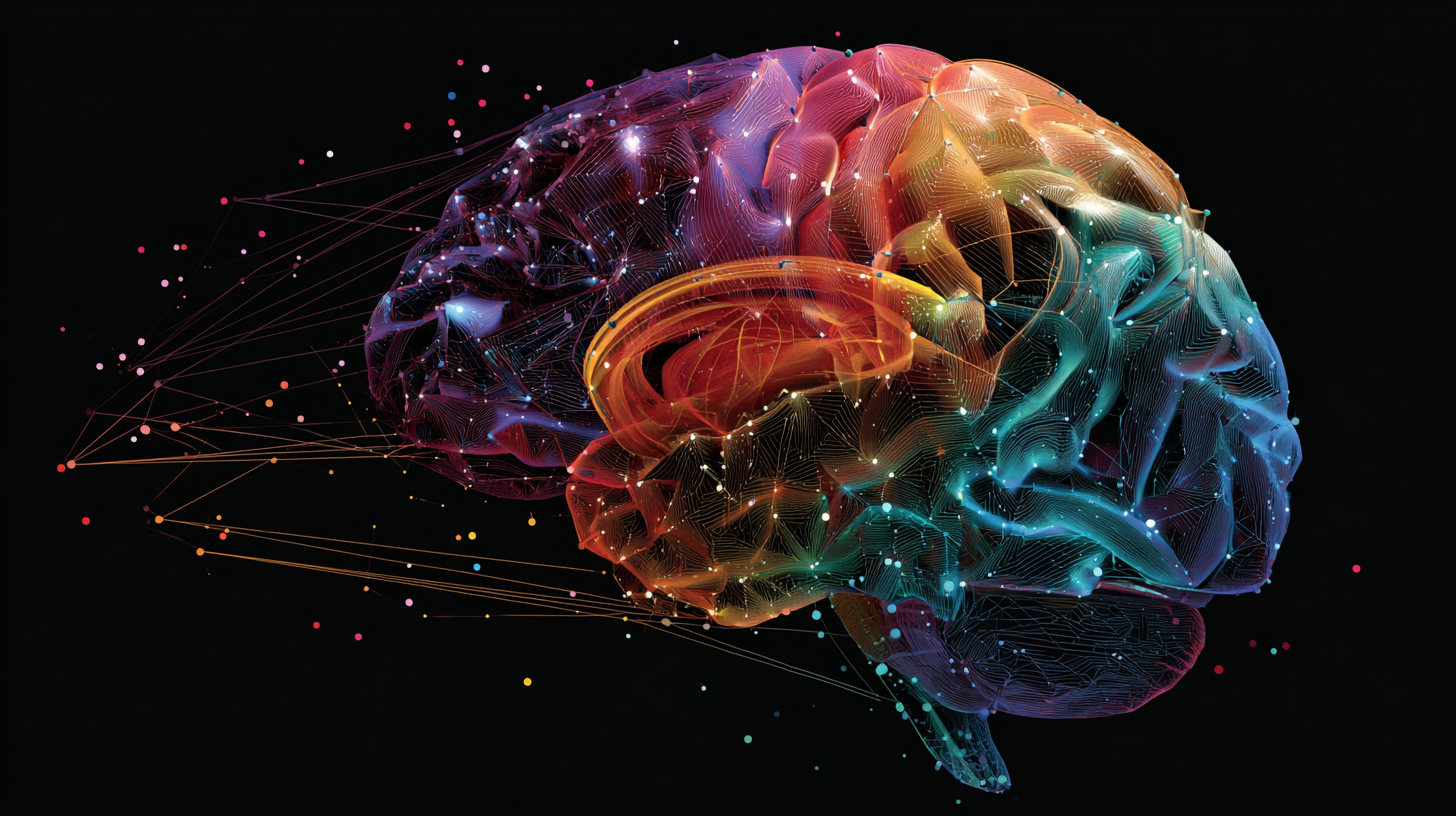Welcome to Vector Space

If you’ve been following along in this series — from 3D to 128D to the MNIST Digit Classifier — you’ve already started to see how machine-learning models learn.
Now it’s time to talk about where that learning actually happens:
vector space.
Before a neural network can learn anything — words, images, sounds, even emotions — everything has to be translated into numbers.
Words become embeddings.
Pixels become intensities.
Audio becomes frequency values.
It all lives in an abstract landscape where meaning takes the form of geometry.
What Is a Vector?
Let’s slow down for a second, because “vector space” can sound like Einstein math.
A vector is simply a collection of numbers — floating-point values used to represent something.
You can have three numbers or three thousand.
As long as they sit together as a list, that’s a vector.
In game-dev terms, you already use them all the time: (x, y, z) is a 3-dimensional vector.
Machine learning just turns the dial way up — from 3D to 128D or 1024D.
Each number represents some feature of what you’re describing: brightness, pitch, frequency, difficulty, humor, tension.
The moment you describe something numerically, it gains a position in that space.
That position becomes the anchor for how it relates to everything else.
From Features to Space

A model can’t understand “cat” or “clever puzzle.”
It only understands relationships among numbers.
Once you represent something as a vector, you can measure distance (how similar two things are) and direction (how one thing differs from another).
That’s how models find meaning.
When two vectors point in similar directions, the model says, “These belong together.”
When they diverge, it says, “These are different.”
Meaning becomes measurable.
Geometry becomes understanding.
Why This Matters for Games

Every part of your game can live in vector space.
A level is a vector: its size, density, reward flow, time-to-solve, novelty.
A player is a vector: their skill curve, retry rate, patience, discovery style.
Even fun can be modeled as a cluster — not a single point, but a region where tension and reward balance just right.
Once your content and your players both exist in the same space, you can do powerful things:
- Cluster similar levels to analyze structure and pacing.
- Predict difficulty or engagement from geometry, not guesswork.
- Match players to content that fits their skill or mood — automatically.
That’s the future of adaptive design: using the math of meaning to tune experience.
Intuition for Developers

Think of vector space like a 3D world — but with invisible axes.
Instead of x, y, z, your axes might be novelty, clarity, emotional tone, cognitive load, aesthetic tension.
Every design decision shifts your game’s coordinates slightly.
As a developer, the trick is to start thinking geometrically about systems.
How close is this level to that one?
How far apart are frustration and delight?
When you can feel those relationships intuitively, you’re not just coding or designing — you’re sculpting in higher dimensions.
The Mental Shift

Moving from 3D modeling to 128D thinking isn’t about math — it’s about mindset.
You stop asking, “What does this look like?”
You start asking, “What pattern does this represent?”
It’s the same leap we made from sprites to shaders, or from levels to balanced ecosystems.
Only now, the space we’re building in is conceptual, not visual.
Once you can visualize ideas in vector form, you’re thinking like a machine learner — and like a systems artist.
Closing

Vector space is number space — but it’s also idea space.
It’s where logic and creativity meet, where math starts to feel like intuition.
Learning to navigate it is how we teach machines to understand meaning,
and how we teach ourselves to design meaning.
The tools are easy.
The mindset is the work.
Every developer should experience their first model learning to see —
and now, their first world built in vector space.